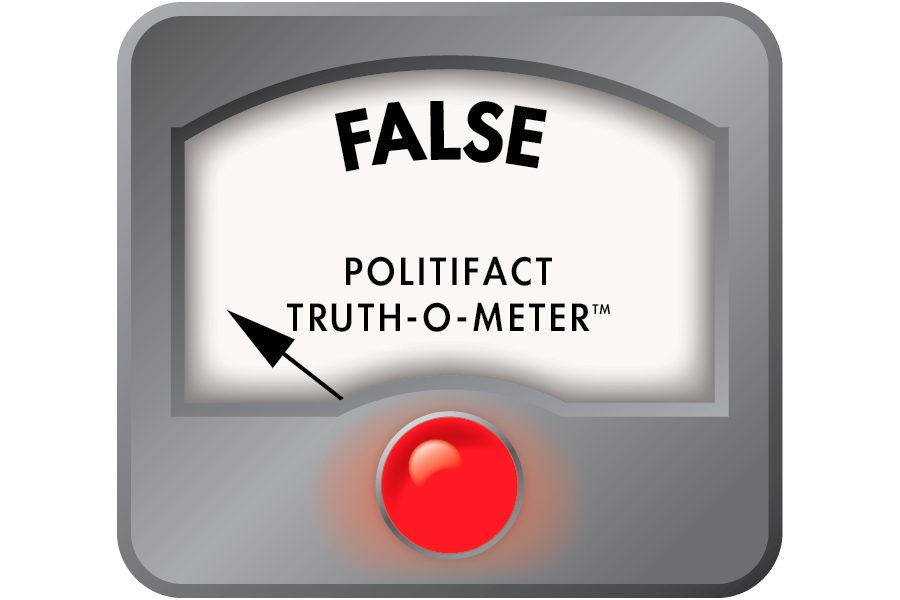There is a recent article in Unherd, Sports betting is worse than Oxycontin, stating that, “Unchecked gambling can have devastating consequences for both individuals and communities — consequences that were well-known even before sports betting was available at one’s literal fingertips, at any hour of the day or night. They include financial ruin, relationship strain and increased crime — including organised crime, for which legal betting operations serve as a convenient front for money laundering.”
“Unsurprisingly, The Free Press recently labelled sports betting the “new Oxycontin”. The comparison isn’t baseless, but the key difference is that Oxycontin ultimately “sells itself”. When people become physically and psychologically dependent on the highly addictive drug, no additional marketing is needed. Chronic gambling, by contrast, is a behavioural addiction, where individuals crave a thrill — meaning that the product has to be constantly refreshed. The apps track user behaviour, which is then minutely analysed by employees looking for ways to keep people hooked.”
This means Oxycontin is addictive, so is gambling, but how? Two things in different forms, one molecular, the other what, a set of external sensory input? Evidently, whatever addiction is, is an experience, induced by senses or by intakes.
The brain is known to be involved with addiction. It is possible to explain addiction to drugs, from the brain, but how can gambling addiction be explained? How can physical events be responsible for compulsive behavior?
Addiction, more directly, is a property on the mind. The brain and the mind are neighbors, but different. Whatever addiction is as an experience, it is by the mind, regardless of source. How does the mind set addiction? What are the stretches of addiction?
Why do people sometimes feel bad for themselves while engaging in harmful behaviors, yet are unable to stop? How can it be possible to at least see a rough sample of how the mind works, to know what might be going on within—before, during and after engagement with the addictive trigger?
Theoretically, the human mind has components, built, constructed, structured or organized by the cells and molecules of the brain. So, what the electrochemical actions of neurons structure is the mind, to know or for experiences, from signals emanating internally or externally.
Sensory inputs are collected at relay hubs in the brain, where they are processed or integrated before sending to other parts of the brain for interpretation. It is postulated that sensory processing is into a uniform unit, quantity or identity that becomes admissible into the mind. It is what heads for interpretation, by properties—in its form.
Conceptually, the mind is composed of quantities and properties. Quantities have features like early-splits or go-before, old and new sequences, prioritized and pre-prioritized phases. Properties have thick and thick shapes. They have bounce points. They have a principal spot. Quantities [dot] relay to acquire properties [shapes], to extents, across mind locations.
It is what gets acquired that determines what is known or experienced in any instance. All memory, emotions, feelings and reactions are properties. Properties also include delight, sadness, prompting or craving, pleasure, reward, satisfaction, hate, hurt, anger, dissatisfaction, interest, like, love, seriousness, focus, distraction, confusion, hope, despair, desperation, consequences, risks and so forth.
In an addiction, mostly pleasure—as a property, moves to the principal spot on the mind, and then attracts more quantities, dominating the mind in those moments. Sometimes, it may not be pleasure at the spot, but craving, where quantities may acquire it to a certain degree, before pleasure follows, at the spot, or before quantities head its way to acquire it.
Sometimes, when more volume of an addictive substance is needed, it is because quantities may be using an old sequence to travel to the property location, instead of a new one that goes to the bounce point. It could also be that the split of quantities did not get to pleasure property, or that pleasure did not move to the principal spot.
The compulsive behavior to use or engage in an addiction could be split of quantities, or the prioritization of a quantity of that addiction.
To add something else to responsibility options for gambling and sports bets, it is possible to have a display of quantities and properties, with their features, for how addiction takes hold, then accompany sports betting application, or gambling centers with it, so that people at least see what might be going on inside.
One of the ways that human intelligence works is that knowing something, better than nothing at all, could be useful for some to wrestle away from the possible helpless phase of addiction. Policy adjustments are necessary, but the mind, where addiction takes hold matters. It is a possible new direction, against some of the disadvantages of sports betting and gambling.
—
iStock image
The post Neurobiology: Can the Mind Fix Ethics for Sports Betting, Gambling? appeared first on The Good Men Project.
Original Article










